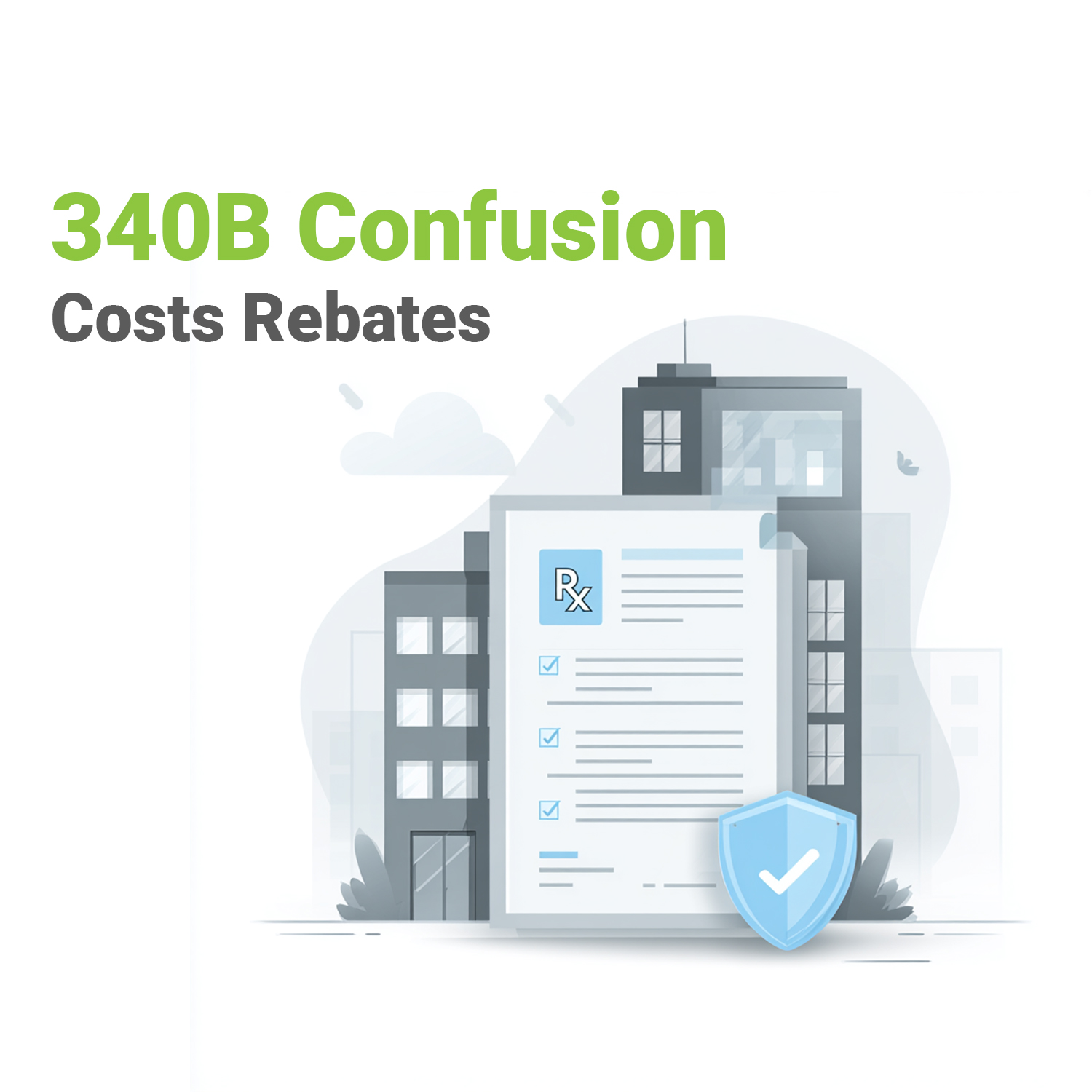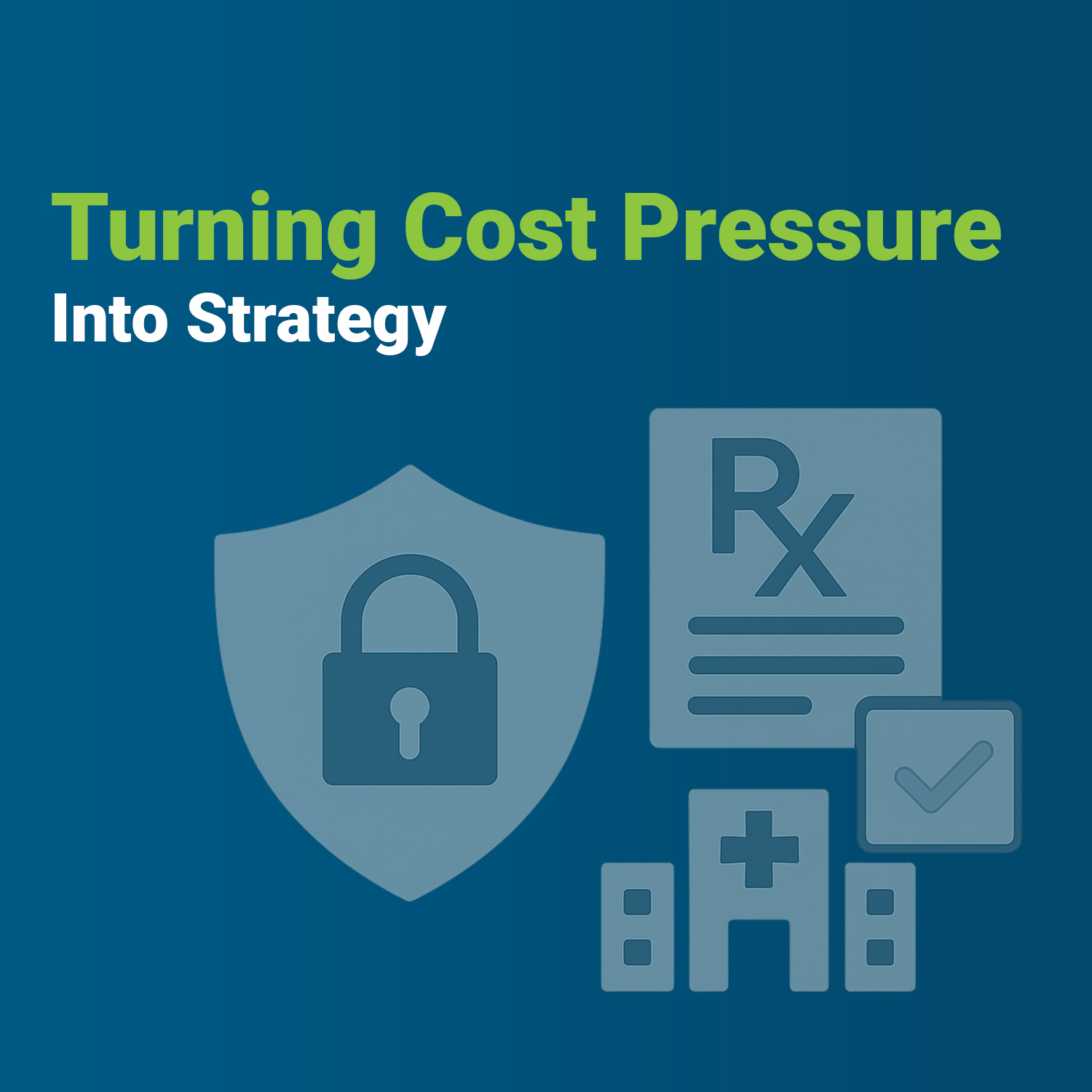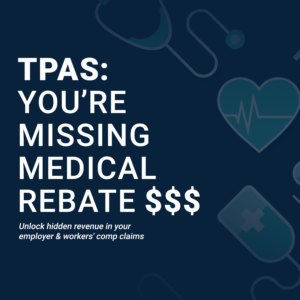It’s a shorthand phrase we reach for without thinking: “the high price of prescription drugs.”
But how high are the prices of prescription drugs? And how have they been changing over the years?
In January 2022, the non-partisan Congressional Budget Office (CBO) sought to answer those questions and other questions for top legislators in the United States.
What they reported might come as a surprise. They noted that over the nearly 40 years of costs studied, prescription prices most certainly climbed. But they also noted that trend has turned around in the most recent years studied.
Overall, this report is an outstanding summary of what’s been improved and what still merits close attention and action to further cut costs. We will present the top-line findings in this post. Then, in coming weeks, we’ll dive deeper into the details of what the CBO reported to help better understand what we mean when we say “the high price of prescription drugs.”
Prescription drugs as a percentage of all health costs are dropping
The report begins with this:
“After decades of increases, per capita spending on prescription drugs began to level off in real terms (that is, with the effects of economy-wide inflation excluded) in the mid-2000s. Since that time, such spending has fallen as a percentage of total spending on health care services and supplies. That slower growth in spending is associated with the growing availability of generic drugs, which tend to have much lower prices than their brand-name counterparts.”
The importance of generics cannot be overstated. As we noted previously, generics exist to save consumers and plan sponsors money on the most commonly prescribed drugs.
Generics are driving increased prescription drug use
The CBO report goes on to note that overall use of prescription drugs has become much more commonplace in the past 40 years, with the cost of drugs a driving factor. Here’s what they had to say about more widespread use of prescription drugs:
Consumers’ use of prescription drugs has increased over time. Greater use of generic drugs is a key factor in that increase.
The average price of a prescription is falling
This movement toward generics for the most commonly-prescribed drugs had the beneficial consequence of lowering the overall average list price of a prescription drug.
The average net price of a prescription—that is, the price of a prescription after subtracting the discounts and rebates that manufacturers provide to private insurers and federal programs—fell from $57 in 2009 to $50 in 2018 in the Medicare Part D program and from $63 to $48 in the Medicaid program. That trend reflects the increased use of lower-cost generic drugs, which was partially offset by rising prices for brand-name drugs.
The average net price of brand-name prescription drugs increased substantially over that period: from $149 to $353 in Medicare Part D and from $147 to $218 in Medicaid. Average prices for generic drugs in Medicare Part D and Medicaid fell over that period. Nationwide changes in average prices—overall and for both brand-name drugs and generic drugs—probably followed similar patterns.
In short, while some drug prices are breathtaking, especially when newly introduced, the vast majority of drugs prescribed by doctors and taken by patients are lower cost generics. This is so much the case that the average price overall is shrinking, even while factoring in those higher priced drugs.
—
In 2022, the non-partisan Congressional Budget Office (CBO) of the United States issued a landmark study that tracks the use of prescription drugs, their costs and their benefits.
In the overview article, we look at the general trends identified by the CBO over the past 40 years. Subsequent articles dive in deeper
—
Read more:
- Prescription Drugs: Spending, Use, and Prices (Congressional Budget Office)
- Download the full report (Congressional Budget Office)






